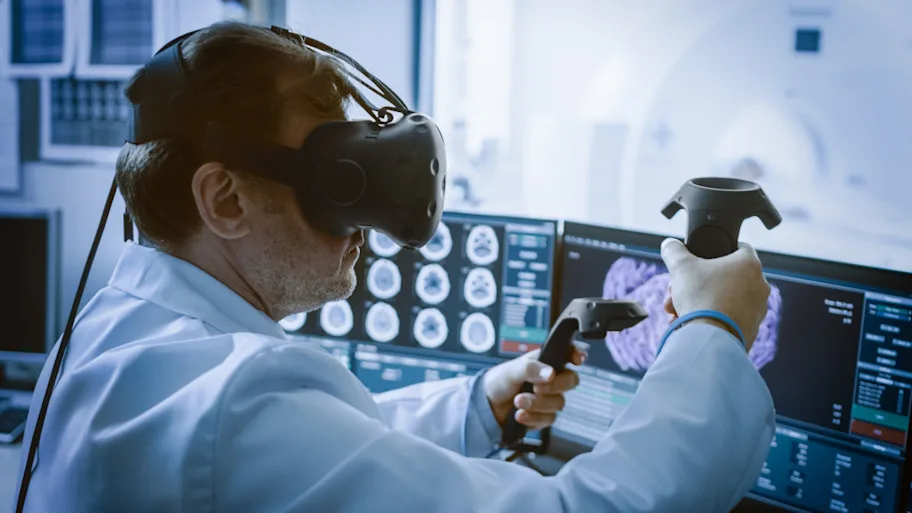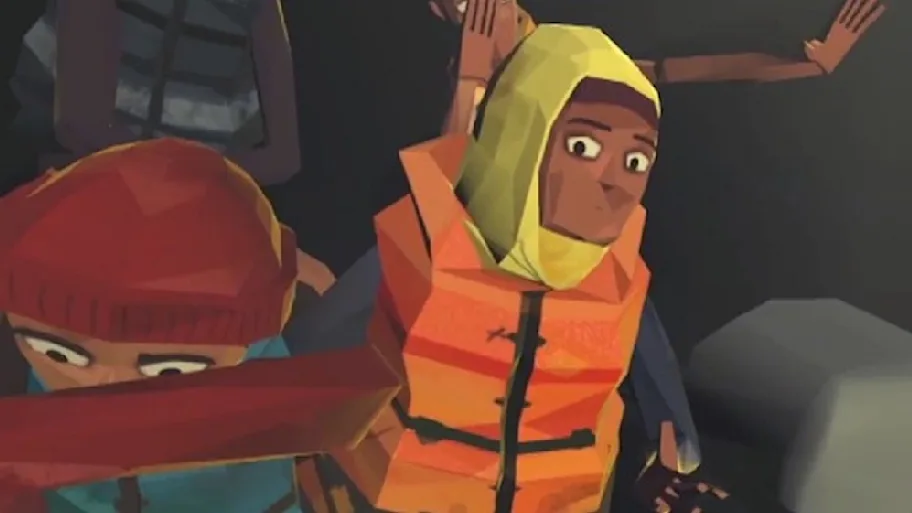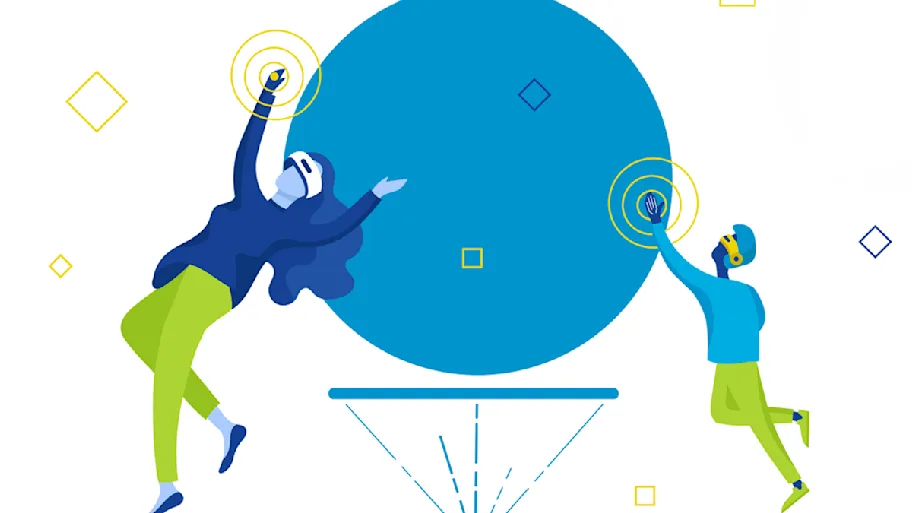
- Science news
- Robotics and AI
- Changing the self through immersive Virtual Reality: an interview with Mel Slater
Changing the self through immersive Virtual Reality: an interview with Mel Slater
“I still find immersive Virtual Reality as thrilling now as when I first tried it 20 years ago,” writes Professor Mel Slater, Field Chief Editor of Frontiers in Robotics and AI, on his personal blog. Slater, recipient of the IEEE VGTC’s 2005 Virtual Reality Career Award, is ICREA Professor and Head of the Event Lab at Barcelona University and part-time Professor of Virtual Environments at UCL.
Here, we talk to him about his research, technical advances and challenges in the field, and how virtual reality can help raise awareness about sustainability and global change.
VR as a research tool
A major focus of research for Slater and his team is to use VR as a tool in psychology and neuroscience. Many interesting questions can’t be studied in real life, because they are dangerous or distressing to the participants. But in VR, you can safely simulate the situation, and gauge people’s response. For example, “We did a study where we look at (…) an important area in social psychology called the bystander problem: if you see two other people who start fighting, (…) do you run away, do you try to intervene? (…) This is very hard to study in physical reality, but in virtual reality you can.” In another study, Slater and colleagues used VR to simulate the famous Milgram obedience experiments from the 1960s, as Milgram’s original method would not be allowed under today’s research practice as it involved unacceptable deception amongst other problems.
Technical progress and challenges
Immersive Virtual Environments are becoming ever more powerful and detailed, and are also getting cheaper, with a good system costing a few hundred euros. And this is important, because it allows greater flexibility in research. “A few years ago, everything we did stayed in the lab because VR was very very expensive. (…) Now we can deliver these things into the home, into businesses,” says Slater.
Despite this progress, even the most sophisticated VR systems still fall far short of reality — yet are surprisingly effective at eliciting natural responses. How exactly does this work? “We don’t really know how that works in terms of brain processing, in terms of brain signals, in terms of theoretical models that explain this. This is something that we’d like to be able to move forward.” But here, a major limitation of immersive VR is that the participants needs to be able to move the head, which makes it impossible to combine the experiments with standard neuroimaging techniques to study deep-brain processes. “Us[ing] brain imaging in VR, that would be a very major step forward,” says Slater.
“Change the self not just the place”
Slater is fascinated by the potential of VR to change people’s ideas and opinions, and perhaps ultimately spur them into positive action — or as he summarizes this approach on his website “Change the self not just the place.” For example, Slater and colleagues are currently planning an experiment to show people through VR what their future environment might look like if no action is taken against global warming. [We will] “take them through to the future, how they might be in 10 years’ time, and how in 20 years’ time, (…) based on scientific predictions of what global warming is going to be likely to be causing. (…) We want to check (…) if this really does, not just change their opinion, but maybe lead them towards some action.”
Frontiers publishing model
In 2014, Slater joined Frontiers as Editor in Chief (“Field Chief Editor”) of Frontiers in Robotics and AI, and Specialty Chief Editor of its section Virtual Environments (which is also a part of in Frontiers in ICT). What convinced him to take on these roles, and what is his ambition for Frontiers in Robotics and AI? “I really agree with the idea of open-access journals and also what it offers the contributors, which is a fast review time with an interactive review (…) Also the fact that it’s very interdisciplinary. (…) Especially useful is the support we get from a very strong center, in Lausanne. (…) This is a new journal so I’d like it to be much more known in the community, to have more submissions, to have events around the journal where people who edit and also who contribute meet together to develop this exciting area.”
Thank you, Professor Slater!
Further author biography and related research articles available via Loop.






